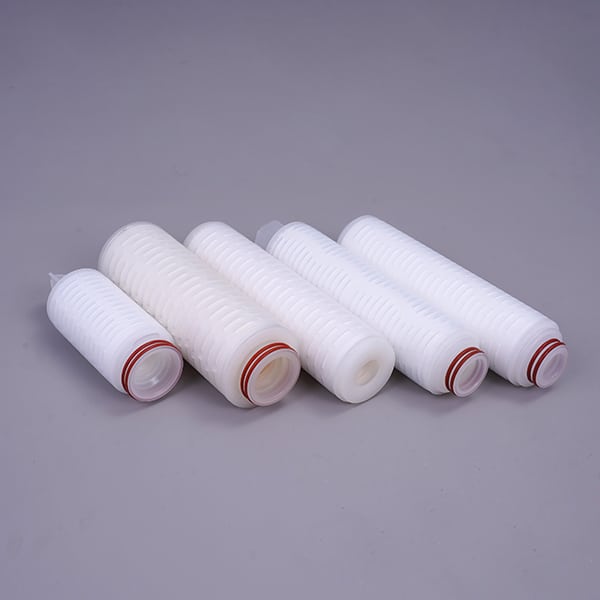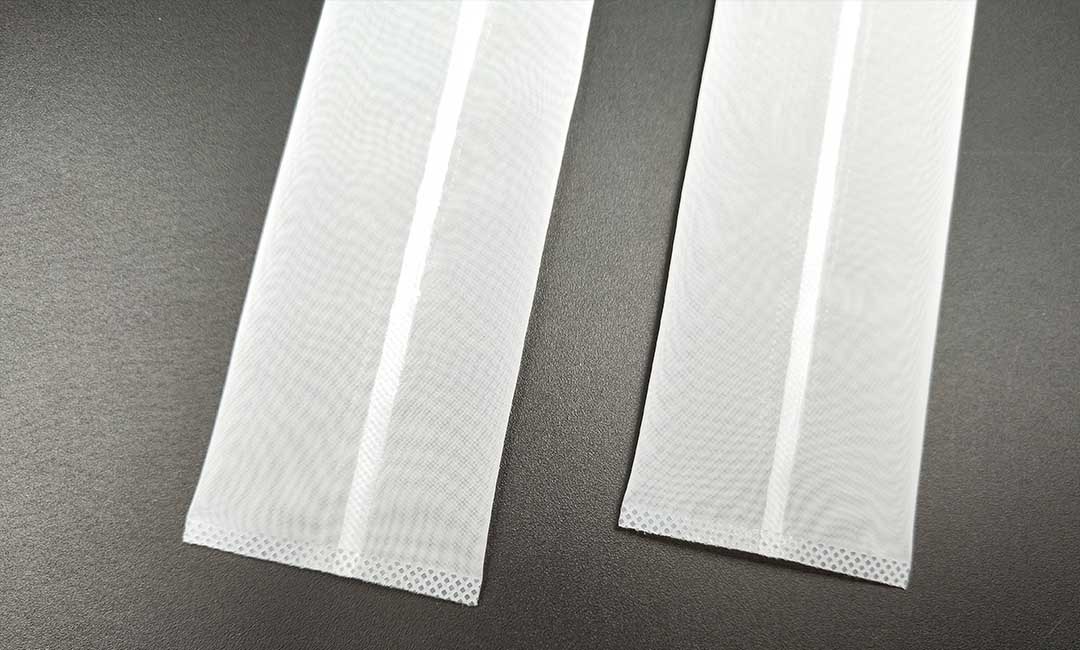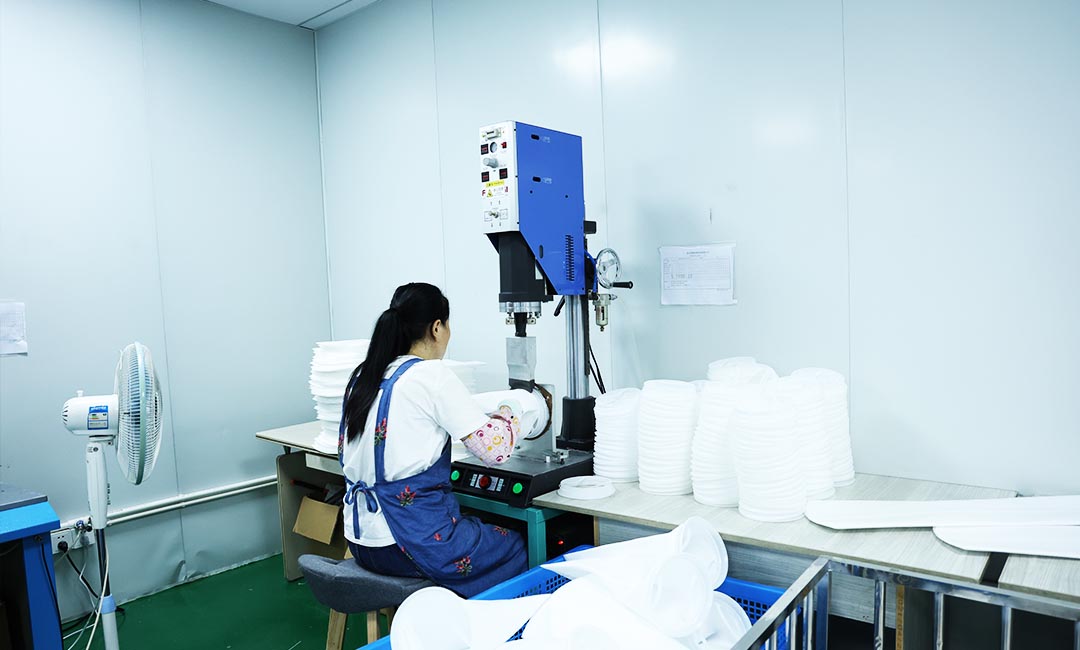
Rosin Pressing Without a Traditional Bag: Pros and Cons
Increased Yield
Rosin pressing has become a popular method for extracting cannabis concentrates due to its simplicity and effectiveness. Traditionally, rosin is pressed using a filter bag to contain the material and prevent plant matter from contaminating the final product. However, some users have begun experimenting with pressing rosin without a traditional bag, claiming that it can lead to increased yields and better flavor. In this article, we will explore the pros and cons of rosin pressing without a bag, specifically focusing on the potential for increased yield.
One of the main arguments in favor of pressing rosin without a bag is that it allows for more direct contact between the heat and pressure and the cannabis material. Without a bag to contain the material, the rosin is able to flow more freely, resulting in a more efficient extraction process. This can lead to higher yields, as more of the cannabinoids and terpenes are able to be extracted from the plant material.
Additionally, pressing rosin without a bag can also result in a faster extraction process. With no filter bag to slow down the flow of rosin, the material can be pressed more quickly, saving time and energy. This can be especially beneficial for commercial operations looking to increase their production output.
However, there are also some potential drawbacks to pressing rosin without a bag. One of the main concerns is the risk of contamination from plant material. Without a filter bag to contain the material, there is a higher chance of plant matter ending up in the final product, which can affect the flavor and quality of the rosin. Additionally, without a bag to contain the material, there is a higher risk of blowouts, where the material bursts out of the press and potentially causes a mess.
Despite these potential drawbacks, many users have reported success with pressing rosin without a bag, claiming that the increased yield and flavor make it worth the risk. Some users have even developed techniques for pressing rosin without a bag that minimize the risk of contamination and blowouts, such as using parchment paper to contain the material during the pressing process.
In conclusion, pressing rosin without a traditional bag can have its pros and cons when it comes to increasing yield. While it may result in higher yields and faster extraction times, there is also a risk of contamination and blowouts. Ultimately, the decision to press rosin without a bag will depend on the individual user’s preferences and priorities. Experimenting with different techniques and materials can help users find the method that works best for them and their specific needs.
Enhanced Flavor
Rosin pressing has become a popular method for extracting cannabis concentrates due to its simplicity and effectiveness. Traditionally, rosin is pressed using a filter bag to contain the material and prevent plant matter from contaminating the final product. However, some enthusiasts have begun experimenting with pressing rosin without a traditional bag, claiming that it enhances the flavor of the concentrate. In this article, we will explore the pros and cons of rosin pressing without a filter bag, specifically focusing on the impact it has on the flavor of the final product.
One of the main arguments in favor of pressing rosin without a filter bag is that it allows for a more direct extraction of the terpenes and cannabinoids present in the plant material. Without the barrier of a filter bag, the heat and pressure can more effectively penetrate the material, resulting in a more complete extraction of the desired compounds. This can lead to a concentrate that is more flavorful and aromatic, as the terpenes are preserved in their natural state.

Additionally, pressing rosin without a filter bag can result in a more visually appealing final product. When using a filter bag, the material is often compressed into a puck shape, which can sometimes lead to a less uniform appearance. Without the bag, the rosin can be pressed into a more natural shape, showcasing the quality of the concentrate and allowing for a more visually appealing presentation.
However, there are also some drawbacks to pressing rosin without a filter bag. One of the main concerns is the potential for contamination from plant material. Without the filter bag to contain the material, there is a higher risk of plant matter coming into contact with the rosin, which can affect the flavor and overall quality of the concentrate. Additionally, pressing rosin without a filter bag can make it more difficult to separate the concentrate from the plant material, leading to a less efficient extraction process.
In conclusion, pressing rosin without a traditional filter bag can have both pros and cons when it comes to enhancing the flavor of the final product. While some argue that it allows for a more direct extraction of terpenes and cannabinoids, resulting in a more flavorful concentrate, others are concerned about the potential for contamination and inefficiency in the extraction process. Ultimately, the decision to press rosin without a filter bag will depend on personal preference and the desired outcome for the concentrate. As with any extraction method, it is important to experiment and find what works best for your specific needs and preferences.
Reduced Contaminants
Rosin pressing has become a popular method for extracting cannabis concentrates due to its simplicity and effectiveness. Traditionally, rosin is pressed using a filter bag to contain the plant material and prevent contaminants from mixing with the final product. However, some users have started experimenting with pressing rosin without a traditional bag. This method has its own set of pros and cons that should be considered before deciding whether or not to try it.
One of the main advantages of pressing rosin without a bag is the potential for increased yield. When using a filter bag, some of the rosin can get trapped in the folds of the bag, reducing the overall yield of the extraction. By pressing without a bag, users may be able to extract more rosin from their plant material, resulting in a higher yield of concentrate.
Another benefit of pressing rosin without a bag is the potential for a cleaner final product. Filter bags can sometimes introduce contaminants into the rosin, such as fibers or chemicals from the bag material. By pressing without a bag, users can eliminate this risk and produce a purer concentrate.

However, there are also some drawbacks to pressing rosin without a bag. One of the main concerns is the potential for plant material to mix with the rosin during the extraction process. Without a filter bag to contain the plant material, there is a higher risk of contaminants ending up in the final product. This can affect the taste and quality of the rosin, making it less desirable for some users.
Additionally, pressing rosin without a bag can be messier and more difficult to clean up. Without a filter bag to contain the plant material, users may find that rosin leaks out of the press and onto surfaces, making it harder to collect and store the concentrate. This can be frustrating for users who prefer a cleaner and more organized extraction process.
Despite these potential drawbacks, some users have found success with pressing rosin without a bag. By carefully controlling the temperature and pressure during the extraction process, it is possible to minimize the risk of contaminants mixing with the rosin. Additionally, using high-quality plant material and a clean press can help ensure a cleaner final product.
In conclusion, pressing rosin without a traditional bag has its own set of pros and cons that should be carefully considered before attempting this method. While it may result in a higher yield and cleaner final product, there is also a risk of contaminants mixing with the rosin and creating a messier extraction process. Ultimately, the decision to press rosin without a bag will depend on the preferences and priorities of the individual user.
Potential Loss of Terpenes
Rosin pressing has become a popular method for extracting cannabis concentrates due to its simplicity and effectiveness. Traditionally, rosin is pressed using a filter bag to contain the plant material and prevent it from mixing with the extracted oil. However, some users have started experimenting with pressing rosin without a traditional bag. While this method has its advantages, it also comes with some drawbacks that users should be aware of.
One of the main benefits of pressing rosin without a bag is increased yield. When using a filter bag, some of the oil can get trapped in the fibers of the bag, reducing the overall yield of the extraction. By pressing without a bag, users can potentially extract more oil from their plant material, resulting in a higher yield of rosin.
Another advantage of pressing rosin without a bag is that it can be a more cost-effective method. Filter bags can be expensive, especially if you are using them frequently for large-scale extractions. By eliminating the need for a bag, users can save money on supplies and equipment, making rosin pressing more accessible to a wider range of enthusiasts.
However, there are also some drawbacks to pressing rosin without a bag that users should consider. One of the main concerns is the potential loss of terpenes during the extraction process. Terpenes are the aromatic compounds found in cannabis that give each strain its unique flavor and aroma. When pressing rosin without a bag, there is a higher risk of terpenes being lost or degraded due to exposure to heat and pressure.
Additionally, pressing rosin without a bag can result in a lower-quality final product. Without a filter bag to contain the plant material, there is a higher chance of contaminants such as plant matter, waxes, and lipids ending up in the extracted oil. This can affect the taste, potency, and overall quality of the rosin, making it less desirable for consumers.
Despite these potential drawbacks, some users prefer pressing rosin without a bag for its simplicity and cost-effectiveness. To mitigate the risk of terpene loss and contamination, there are some steps that users can take to improve their extraction process. For example, using high-quality plant material, controlling the temperature and pressure during pressing, and using a pre-press mold to compact the material can help improve the overall quality of the rosin.
In conclusion, pressing rosin without a traditional bag has its pros and cons that users should carefully consider before deciding which method to use. While it can result in a higher yield and lower cost, there is a risk of terpene loss and lower-quality final product. By taking the necessary precautions and refining their extraction process, users can still achieve high-quality rosin without a bag. Ultimately, the choice between using a filter bag or pressing without one will depend on the individual preferences and priorities of each user.


